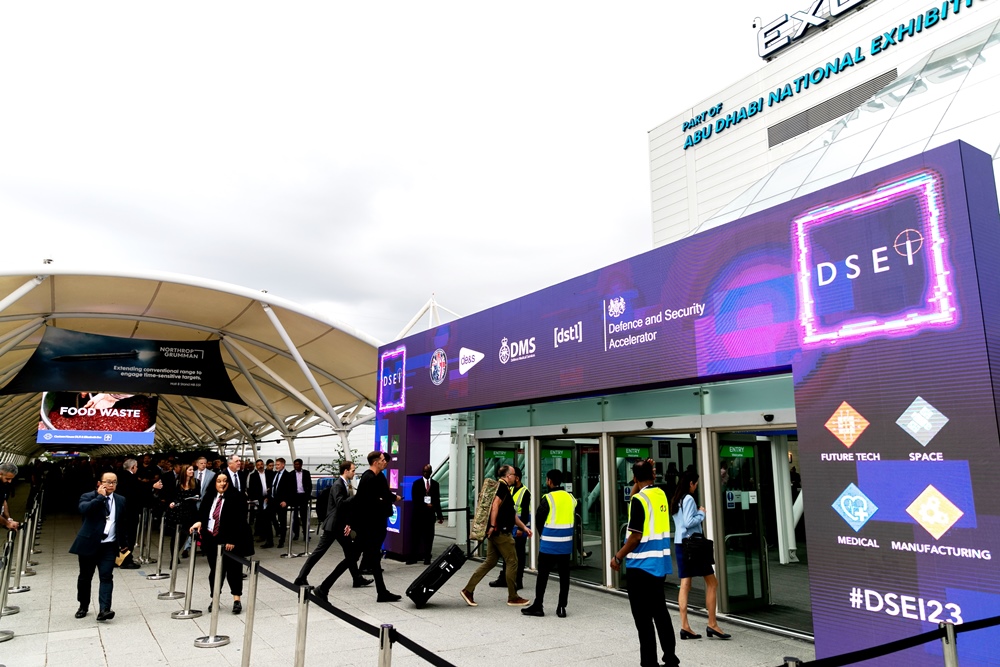Open systems in defence

Image by Bonandbon © Shutterstock
Open standards are becoming the norm. Instead of designing systems that are heavily regulated by the controller of the hardware or software, businesses are choosing to make their platforms open for their supply chain to access, to understand and to propose upgrades. The benefits to this method are clear. It leads to easier integration, speedier upgrades, improved flexibility and – crucially – long-term value for money. Yet how do organisations decide how open their platforms should be?
For the defence sector, adopting open standards is no longer just a preference; it has become a central driver in system design.
For UK defence, while architecture may be open technically, the Ministry of Defence (MoD) often subject to ‘vendor lock-in’ to limit the commercial freedoms to publish and compete for upgrades to the architecture. This could mean having commercial openness designed into a system from the outset to create a ‘freedom of action’ for future upgrade bids, across all levels of the supply chain. So Prime and Tier 1 level suppliers could change, while still retaining control of the underlying architecture. Such a system may be more costly to design than its closed counterpart but would result in significant cost savings over the life of the system.
Deciding just how open a system should be is imperative not just for finding the right degree of technical openness but crucially from a commercial perspective to ensure the system can be managed, upgraded and maintained efficiently and affordably. So, how easy is it to determine how open a system should be?
In April 2018, the MoD introduced a mandatory Open Architecture Key User Requirement (KUR) for all future equipment purchases to ensure that due consideration be given to the subject of openness. The requirement was kept purposefully broad to ensure its applicability across defence domains. However, in many instances – such as transition issues or a legacy lock-in – significantly more guidance and consideration is required to determine the most appropriate level of openness.
A prime example of this can be found with the current land communications system MORPHEUS, which created its own ‘Evolve to Open’ approach, employing a strategic phased transition from the current closed Bowman system towards a more open approach. Meanwhile for the British Army’s armoured vehicle fleet, a detailed analysis of options was undertaken to measure through-life benefits to the fleet against the upfront investment required.
The latter was greatly supported by the UK land sector’s long-standing Land Open Systems Architecture (LOSA) initiative; a more detailed, evolving set of Generic Architecture Defence Standards created by working closely with industry.
Looking at the successes enjoyed by the land sector thanks to its hands-on approach to assessing openness, the importance of creating authoritative guidance on how to determine the most appropriate degree of openness is clear. The land sector has the LOSA initiative but where are the air and maritime equivalents? Or is a broader but more detailed version of the MoD’s KUR the answer?
Regardless of how the defence sector chooses to upgrade its existing guidance, collaboration must play a central role. Industry input was a key consideration when creating the LOSA initiative for the land sector and played a central role in its success. Now, we must bring together the thoughts and expertise from across defence and the industry to more clearly define openness for the remainder of the MoD’s domain.












